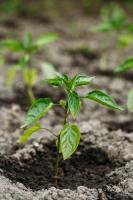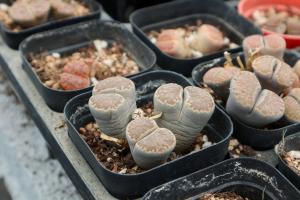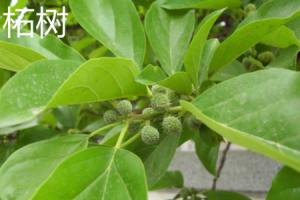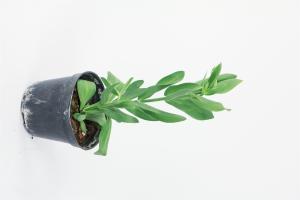How Much Water Do Prayer Plants Need
Prayer plants, also known as Maranta plants, are a popular houseplant due to their beautiful and unique foliage. Like other indoor plants, proper care and maintenance are essential for the plant's health and growth. One of the most critical factors in caring for prayer plants is their water requirements.
Understanding the Water Needs of Prayer Plants
Prayer plants are native to the tropics and thrive in humid environments. Their water requirements are similar to other tropical plants, and they need frequent watering. However, overwatering can be detrimental to the plant's growth and health, so it is essential to get the watering frequency right.
The frequency of watering prayer plants depends on several factors, including the temperature, humidity, and soil type. During the growing season, which is typically spring and summer, the plant needs to be watered more frequently because it is actively growing. However, during the dormant season, which is autumn and winter, the plant requires less water because it is not actively growing.
How to Water Prayer Plants
The best way to water prayer plants is by using the bottom watering method. This involves placing the pot in a shallow tray filled with water, allowing the plant to absorb water through the drainage holes. Bottom watering is an effective way to ensure that the plant's roots get enough water without the risk of overwatering.
Alternatively, you can water the plant from the top, but this method can increase the risk of overwatering. If you choose to water the plant from the top, ensure that the water drains out of the pot's drainage holes to prevent the soil from becoming waterlogged.
Signs of Overwatering
Overwatering can be detrimental to the health of your prayer plant. Some signs of overwatering include yellowing leaves, wilting, and root rot. If you notice any of these signs, reduce the frequency of watering and allow the soil to dry out between watering sessions.
Signs of Underwatering
Underwatering can also be detrimental to the health of your prayer plant. Some signs of underwatering include dry and crispy leaves, wilting, and stunted growth. If you notice any of these signs, increase the frequency of watering and ensure that the plant's soil is moist.
Conclusion
In conclusion, prayer plants are a beautiful and unique houseplant that requires frequent watering. However, overwatering can be detrimental to the plant's health and growth, so it is essential to get the watering frequency right. The best way to water prayer plants is by using the bottom watering method, which ensures that the plant's roots get enough water without the risk of overwatering. If you notice any signs of overwatering or underwatering, adjust the watering frequency accordingly to ensure your prayer plant's health and longevity.

 how many times do yo...
how many times do yo... how many planted tre...
how many planted tre... how many pine trees ...
how many pine trees ... how many pecan trees...
how many pecan trees... how many plants comp...
how many plants comp... how many plants can ...
how many plants can ... how many plants and ...
how many plants and ... how many pepper plan...
how many pepper plan...
































